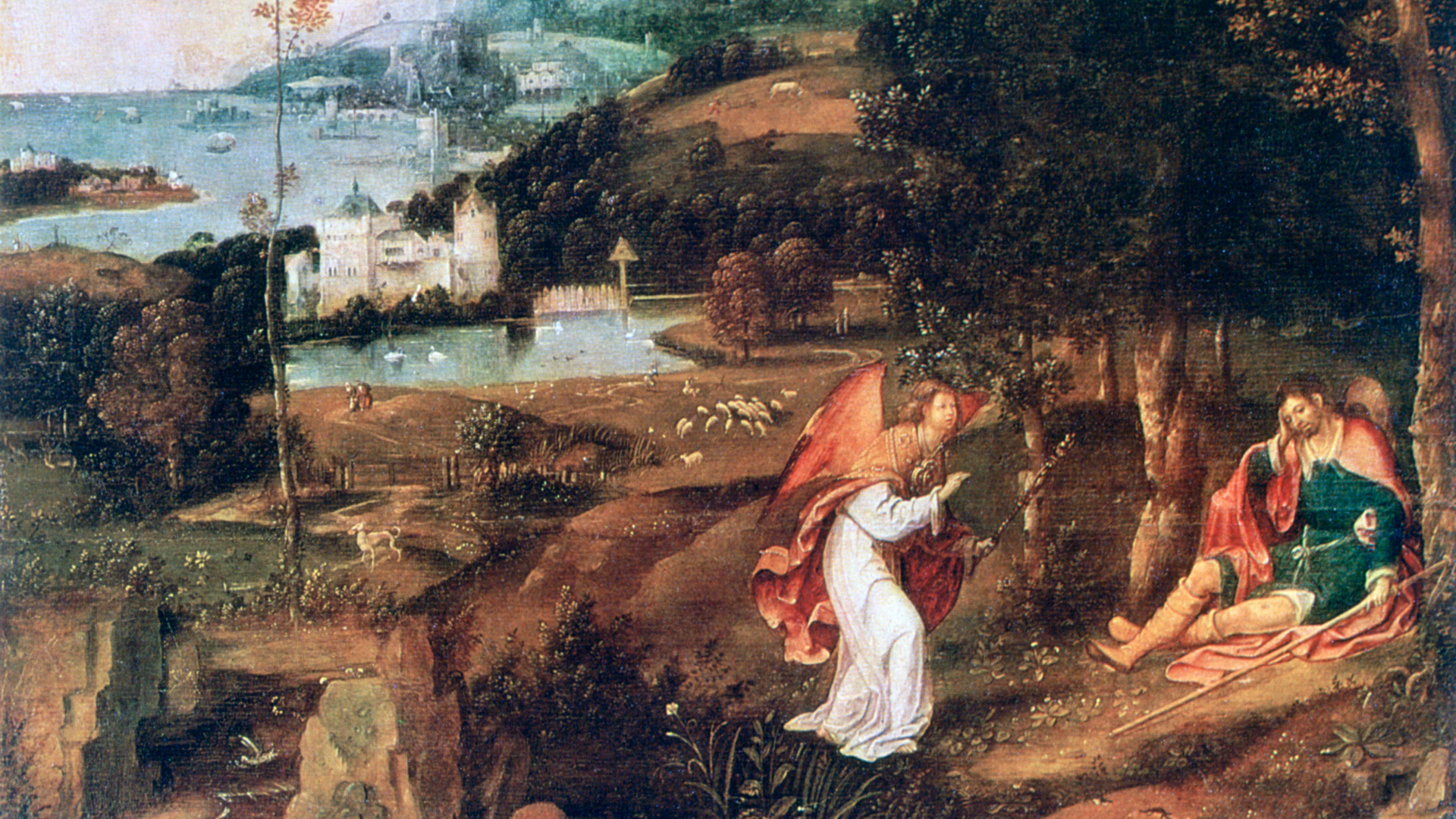Welcome to the fascinating world of art history and movements, where every artwork holds a story waiting to be told. From the Renaissance era’s masterpieces to modern-day contemporary art, each movement has its own unique style, symbolism, and cultural influence that shaped our understanding of art today.
In this blog post, we will dive into the different periods of art history, explore their significant movements, and discover how they impacted society during their time. Join me on this inspiring journey through artistic expression across centuries!
Understanding the Major Art Movements of the 20th Century
The 20th century was a time of great change for the art world. Major movements such as Abstract Expressionism, Post-Impressionism, and Cubism swept the industry, changing how artists approached their work and redefining what was considered art. Here is a brief look at each movement and its key players:
Abstract Expressionism
Abstraction expressionism is characterized by using thin lines and large, open spaces to create an abstract effect. The movement’s most famous practitioners are Jackson Pollock and his contemporaries Willem de Kooning, Mark Rothko, and Andrew Wyeth.
Post-Impressionism
Post-impressionist paintings feature gentle brushstrokes and muted colors to reflect the moods of France after World War I. Artists who pioneered this style include Paul Cézanne, Vincent van Gogh, and Henri Matisse.
Cubism
Cubism is a painting movement that focuses on using multiple perspectives to create a fractured or cubistic image. The pioneers of this style were Picasso and Braque, who first developed the technique in 1912.
Pop Art
Pop art is a style that emerged in the late 1960s and early 1970s and features colorful, simplified images meant to be humorous or ironic. Artists who pioneered this movement include Roy Lichtenstein, Andy Warhol, and Robert Rauschenberg.
The 20th century was a time of great change for the art world. Major movements such as Abstract Expressionism, Post-Impressionism, and Cubism swept the industry, changing how artists approached their work and redefining what was considered art.
The Influence of the Renaissance on Modern Art
The Renaissance was a time of great change in the world of art. Artists began to explore new and different styles, creating works that are still popular today. Some of the most famous artists from the Renaissance include Michelangelo, Leonardo da Vinci, and Raphael.
One of the most important effects of the Renaissance on modern art is its emphasis on perspective. Before the Renaissance, artists used flat surfaces to depict scenes. Still, with the invention of perspective, artists created more realistic images by showing objects as if they were in 3-dimensional space. This technique is used in paintings like The Last Supper by Leonardo da Vinci, which portrays Jesus surrounded by his disciples in a realistically detailed setting.
Another effect of the Renaissance on modern art is its focus on realism. Prior to the Renaissance, artists tended to paint idealized images of people and animals, but with the development of realism, artists began to depict realistic scenes and figures. This can be seen in paintings like The Madonna and Child by Michelangelo, which features a realistically rendered Madonna holding her child Jesus.
The Renaissance also led to various movements, such as Mannerism and Baroque Art. Mannerism was a style that emphasized fluidity and ornate details over realism. At the same time, Baroque Art was characterized by elaborate ornamentation and dramatic poses. Both of these movements have significantly impacted modern art, particularly in style.
Overall, the Renaissance was a time of great change in the world of art. Its emphasis on perspective, realism, and movement has impacted how artists depict scenes and figures today.
Famous Artists and Their Impact on Art History
Art history is often interpreted through the lens of famous artists and their works. But what about the less-known artists who have significantly impacted art history? In this article, we’ll explore some lesser-known artists and their contributions to the development of art.
One of the most influential painters of the 19th century was Jean-Auguste-Dominique Ingres. His neoclassical paintings dominated the Parisian art scene for decades, and he is credited with inventing the concept of trompe l’oeil painting. But his students – including Édouard Manet, Claude Monet, and Pierre-Auguste Renoir – are perhaps best known today. Their Impressionist paintings depicted life in France when it was rapidly changing; their bright colors and realistic renderings helped to popularize modern art throughout Europe.
Another prominent painter during this period was Vincent van Gogh. He was a prolific artist whose work explored many styles and themes, including landscape, portraiture, and self-portraits. Van Gogh is famous for his intense brushstrokes and chaotic compositions, which influenced many later artists.
Other notable 19th-century painters include John Constable, Georges Seurat, Edgar Degas, Camille Pissarro, and Paul Cézanne. Their innovative techniques and distinctive styles helped to shape contemporary art movements such as Realism, Symbolism, and Impressionism.
The Art of the Ancient World: A Look at Egyptian, Greek, and Roman Art
The ancient world is one of the most fascinating periods in art history. The Egyptians, Greeks, and Romans created some of the most beautiful and intricate pieces of art ever made. This article will explore the three main art movements during this time period: Egyptian, Greek, and Roman.
Egyptian Art
The first major art movement during the ancient world was Egyptian. The Egyptians were masters of hieroglyphics and sculpture, which allowed them to create stunningly accurate pieces of art that are still admired today. One of their most famous pieces is the Great Sphinx at Giza. The Sphinx is a giant statue with a human head on one side and an animal head on the other. It is estimated to have been built around 2500 BC and is one of Egypt’s oldest landmarks.
Greek Art
The second major art movement during ancient times was Greek. The Greeks were masters of philosophy and mathematics, which led to their incredible work in sculpture and painting. They developed many techniques still used today, such as using marble for sculpting instead of wood or clay. Some of Greece’s most famous works include the Parthenon temple in Athens and Zeus’ temple at Olympia.
Roman Art
The final major art movement during ancient times was Roman. The Romans were masters of engineering and architecture, which helped them create some of the biggest and best-preserved buildings ever made. Their paintings were often brightly colored with details that are still visible today. Some well-known Roman works include the Colosseum in Rome and the Pantheon in Rome.
All three of these art movements have left an incredible legacy that is still being appreciated today. Egyptian art is known for its intricate designs and beautiful sculptures, Greek art for its classical style and stunning paintings, and Roman art for its exquisite architecture and colorful paintings.
Reliving History With Modern Art
Art history is a complex and exciting field. It encompasses the study of various movements and their effects on art and the evolution of individual artists and art styles. By exploring different aspects of art history, students can better understand the past and develop critical thinking skills that will be valuable in any field

